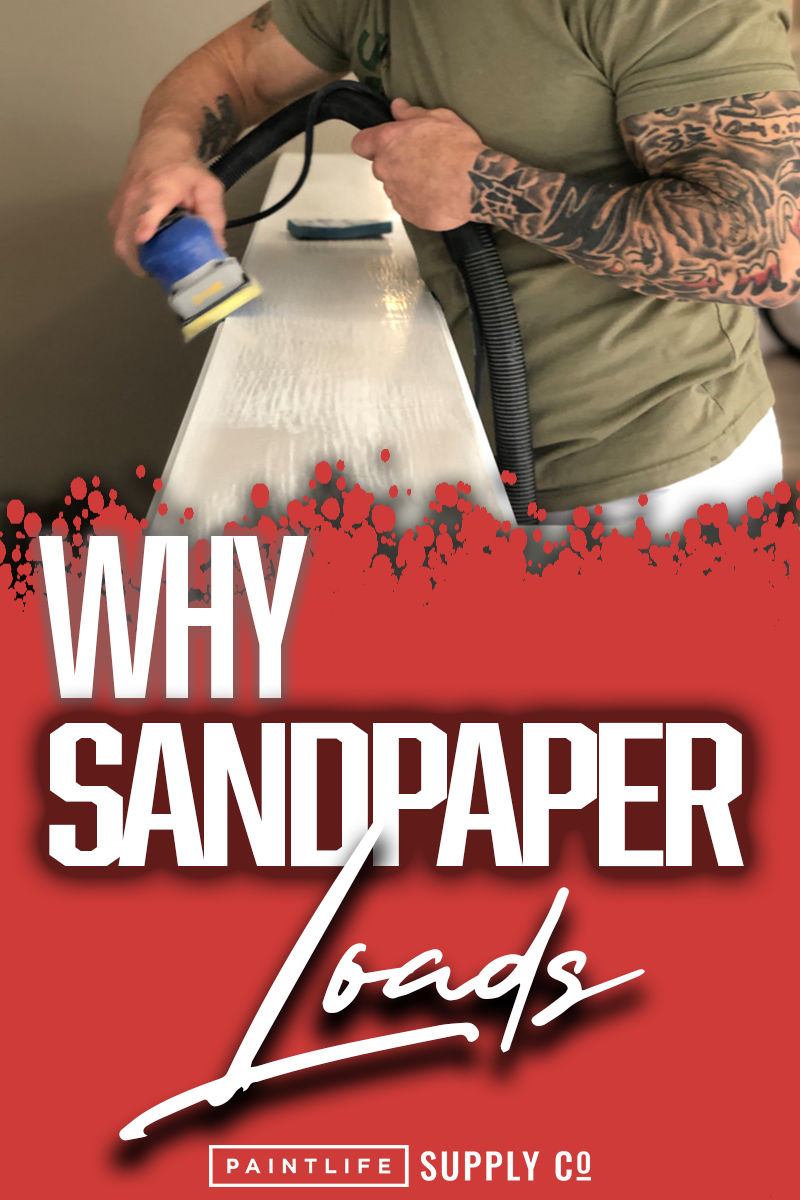
Why does sandpaper load?
Let’s get back to basics and discuss one of the most frustrating problems we face in sanding: loading.
Well, when you move the sandpaper over your work surface, you are creating friction, or resistance between the abrasive and the work piece. This action facilitates the cutting/scratching that you desire, but, there may also be some undesired consequences… namely: heat, static electricity and dust.
When heat is produced in the sanding process, this can cause the resin in the wood or chemicals in the finish to melt, which leads to a sticky residue that can get clogged, or loaded, into the sandpaper.
It’s not just annoying to have to replace your sandpaper, but this problem can also ruin your ability to create the finish you desire. It can lead to an uneven scratch pattern and blotchy finish when staining, as a result of sanding with grains that are not sharp… due to the residue and dust clogging your sandpaper.
While no sandpaper will last forever, the type of coating of the sandpaper has will help to increase the life of the product and achieve a better finish. I find Uneeda's abrasives like FilmTek and Ekasilk to be the longest lasting and resist this loading annoyance better than any other abrasive on the market. In my next blog I will talk about the coatings Uneeda uses on their abrasives and why it's important.
Uneeda abrasives including FilmTek, Ekastorm, Ekadiamond, and Ekasilk are all available at Paint Life Supply Co.

1 comment
I have found that running the sander against a piece of Red Rosin paper for a few moments will clean a lot of the debris from the sandpaper. It isn’t as aggressive as a rubber stick cleaner, but it works to clear most minor loading over the whole pad at once. I have done this with EkaSilk pads and EkaStorm paper as well as EkaFilm on my EkaSand 3X4. I tape down two layers so it’s not a problem when I burn through the top one.